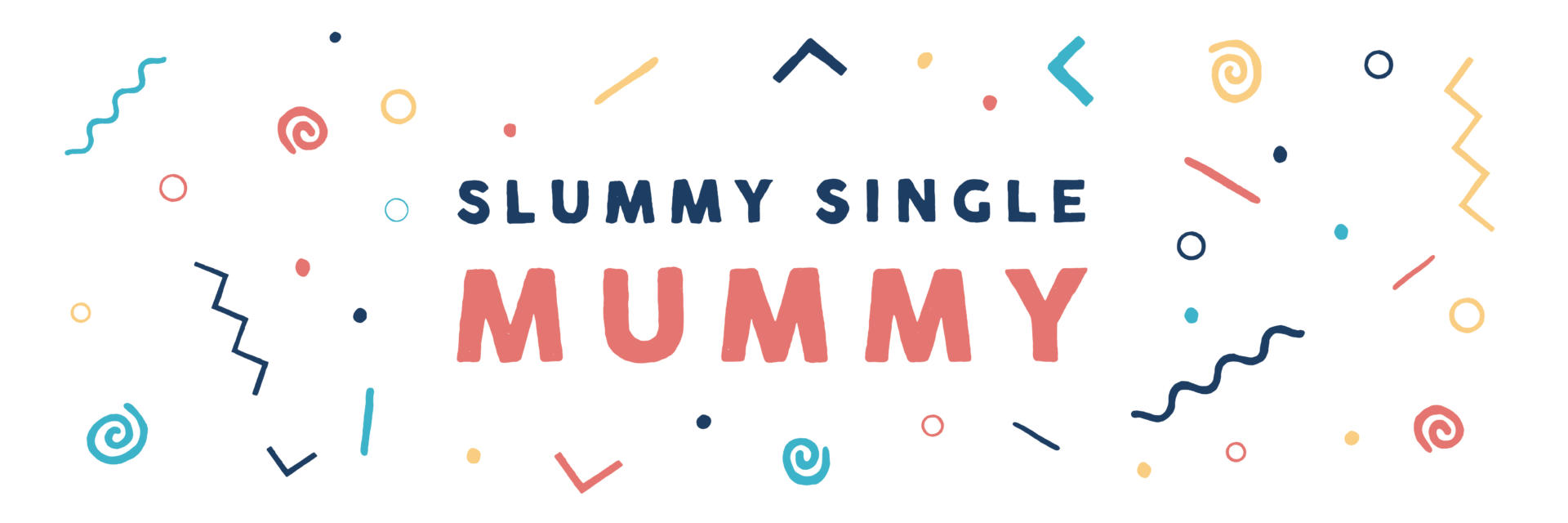By Eddie Jones, partner and head of medical negligence, JMW Solicitors
As parents, our utmost desire is for our children to be safe, healthy and content as they grow. However, there are times when unexpected health conditions, such as cerebral palsy, can influence our child’s development.
Cerebral palsy is a serious condition that arises due to brain damage sustained during pregnancy, around the time of birth or during the newborn period, resulting in lifelong physical and cognitive impairments. Early detection is essential to ensure your child receives the most suitable care.
To support parents in identifying the signs and symptoms of cerebral palsy in their babies, we have prepared this guide.
Cerebral palsy: the basics
Cerebral palsy comprises a group of disorders caused by damage or abnormal development in the part of the brain responsible for movement, balance and posture. It is estimated that around 30,000 children in the UK live with cerebral palsy, with 2-2.5 out of every 1,000 babies developing the condition.
The symptoms of cerebral palsy can vary significantly from one individual to another, ranging from mild limb weakness to severe muscle spasms that inhibit movement. Common long-term health issues associated with cerebral palsy include:
- Physical weakness, stiffness and difficulties with muscle tone and spasticity
- Irregular posture, poor coordination and impaired fine motor skills
- Swallowing difficulties
- Communication and speech challenges
- Learning difficulties
The exact causes of cerebral palsy are not always identifiable. However, it may result from certain genetic factors, prenatal trauma or other causes, such as:
- Bleeding in the baby’s brain, or insufficient blood and oxygen supply during a challenging birth
- Infections affecting the mother during pregnancy
- Infections affecting the baby, such as meningitis
- A severe head injury during infancy
- Hypoglycaemia (low blood sugar)
- Kernicterus/hyperbilirubinemia
Recognising the signs of cerebral palsy in infants
Cerebral palsy signs and symptoms usually develop during the first few years of a child’s life, and may differ depending on the type of cerebral palsy and the child’s age. To help you identify potential signs of cerebral palsy, we have broken down the symptoms by age group.
For infants younger than six months:
- Your baby may feel stiff or floppy when held
- Your baby’s head may sag when picked up from lying on their back
- When held, your baby might overextend their back or neck, giving the impression of pushing away from you
- Your baby’s legs may stiffen and cross when picked up
For infants aged between six and 10 months:
- Your baby may struggle to roll over when lying down.
- Your baby might have difficulty bringing their hands together or raising them to their mouth
- Your baby may reach out with one hand, while the other remains balled in a fist
For infants older than 10 months:
- Your baby’s crawling might appear lopsided and uncoordinated, with some limbs dragging behind them
- Instead of crawling, your baby might resort to hopping on their knees or dragging themselves by their hands in a seated position
As a parent, it is also crucial to monitor your child for any developmental delays. For example, if your child has not learned to sit after eight months or walk after 18 months, this could potentially indicate cerebral palsy or a related disorder.
If you suspect your baby may be displaying signs of cerebral palsy, then seek medical advice. Do not hesitate to ask your doctor questions so you can understand all of your available options. With early intervention and appropriate care, you can improve your child’s chances of achieving a positive outcome.
Treatment and care for children with cerebral palsy
The treatment and management of cerebral palsy depend on each child’s specific needs; by choosing the right option for each individual, it is possible to significantly improve the quality of life for children with cerebral palsy.
Some of these interventions include:
- Physiotherapy to help build muscle strength and promote more natural movement
- Speech and language therapy to address communication difficulties and assist with swallowing issues
- Occupational therapy to provide support with daily tasks
- Medication to manage physical symptoms, such as stiff or tight muscles, which can improve comfort and mobility
- Educational support tailored to the child’s needs, including accommodations within special or mainstream schools, to ensure they receive an appropriate education
- Surgery to address orthopaedic issues that may arise due to the condition
If you suspect that medical errors during pregnancy, birth, or the newborn period contributed to your child’s cerebral palsy, it is essential to consult a specialist medical negligence solicitor. They can help you explore financial compensation options, which can assist with covering the costs associated with treatment, equipment and additional support services your child may require throughout their life.
Ultimately, an early diagnosis can be crucial in empowering families to make well-informed decisions about their child’s care and treatment. Early intervention provides parents with an opportunity to discuss various treatment options, set achievable goals for their child’s development, and seek professional advice and support.
Facing the possibility of a cerebral palsy diagnosis can be incredibly challenging and frightening for parents, but your love, understanding and support can make a world of difference in helping your child to navigate the challenges they may face. By staying informed and proactive, you are equipping yourself with the knowledge and tools needed to help your child maximise their potential.












